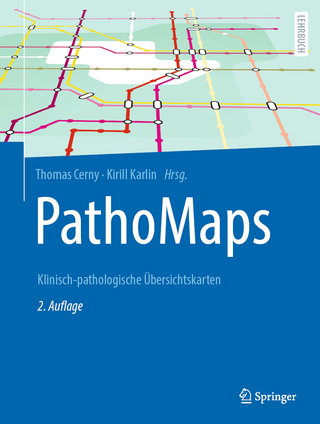
Complexity and Medicine: The Elephant in the Waiting Room
Seiten
2023
Nottingham University Press (Verlag)
978-1-78918-273-6 (ISBN)
Nottingham University Press (Verlag)
978-1-78918-273-6 (ISBN)
Despite many successes Medicine has failed to solve a long list of common conditions. In Complexity and Medicine Professor Alexander proposes that this failure results from a reluctance to incorporate Complexity Theory and employ it as a tool for investigating disease.
Complexity science, used in disciplines as diverse as economics and meteorology, involves the study of dynamic networking systems in which the outcomes are dependent on interactions between individual elements and can not be predicted from an examination of the components. Tissues and organs have been shown to be just such systems, yet the concept has made negligible penetration into medical thinking. The author demonstrates how this science can be used to solve common problems in clinical medicine.
The first section explains why Medicine’s scienti¬c method, well suited to linear problems and testing, is inadequate in the face of non linear systems. It examines Chaos Theory and Self Regulating Dynamic Systems, and proposes a Complexity based search model for developing hypotheses in complex disease.
In the second section, the author makes use of his extensive research to test the model against a range of unsolved disorders, formulating hypotheses for osteoporosis, idiopathic osteoarthritis, Pagets disease and diseases of the spine.
The model is shown to be applicable to disorders of other systems, such as asthma and varicose veins, and to be demonstrably more effective than a conventional approach in fin¬nding cause.
Complexity Theory is the elephant in Medicine’s waiting room – a reality ignored for too long. Unless it is embraced by Medicine many complex diseases will remain unsolved.
Complexity science, used in disciplines as diverse as economics and meteorology, involves the study of dynamic networking systems in which the outcomes are dependent on interactions between individual elements and can not be predicted from an examination of the components. Tissues and organs have been shown to be just such systems, yet the concept has made negligible penetration into medical thinking. The author demonstrates how this science can be used to solve common problems in clinical medicine.
The first section explains why Medicine’s scienti¬c method, well suited to linear problems and testing, is inadequate in the face of non linear systems. It examines Chaos Theory and Self Regulating Dynamic Systems, and proposes a Complexity based search model for developing hypotheses in complex disease.
In the second section, the author makes use of his extensive research to test the model against a range of unsolved disorders, formulating hypotheses for osteoporosis, idiopathic osteoarthritis, Pagets disease and diseases of the spine.
The model is shown to be applicable to disorders of other systems, such as asthma and varicose veins, and to be demonstrably more effective than a conventional approach in fin¬nding cause.
Complexity Theory is the elephant in Medicine’s waiting room – a reality ignored for too long. Unless it is embraced by Medicine many complex diseases will remain unsolved.
| Erscheint lt. Verlag | 24.7.2023 |
|---|---|
| Sprache | englisch |
| Maße | 156 x 234 mm |
| Themenwelt | Mathematik / Informatik ► Informatik ► Theorie / Studium |
| Medizin / Pharmazie ► Medizinische Fachgebiete ► Medizinethik | |
| Studium ► 2. Studienabschnitt (Klinik) ► Pathologie | |
| ISBN-10 | 1-78918-273-5 / 1789182735 |
| ISBN-13 | 978-1-78918-273-6 / 9781789182736 |
| Zustand | Neuware |
| Informationen gemäß Produktsicherheitsverordnung (GPSR) | |
| Haben Sie eine Frage zum Produkt? |
Mehr entdecken
aus dem Bereich
aus dem Bereich


